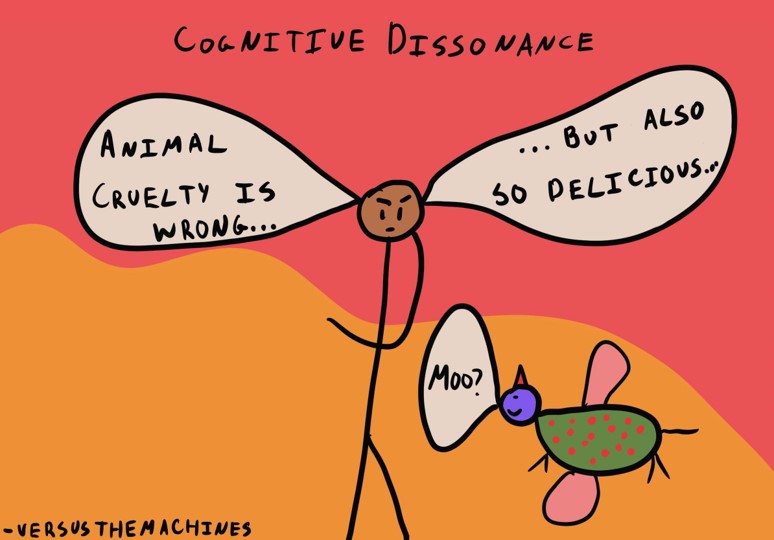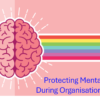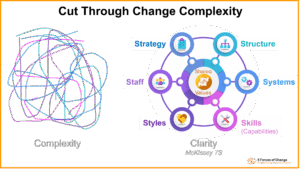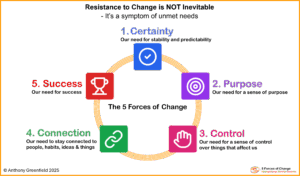Change disrupts routines, challenges assumptions, and can create a sense of unease. This discomfort with change often stems from what psychologists call cognitive dissonance, a mental tension that arises when our beliefs and behaviours clash. An everyday example would be eating too much fatty food despite wanting to lose weight. 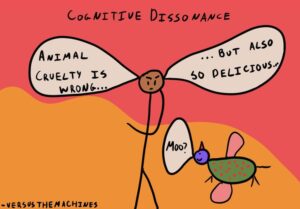 Addressing Cognitive Dissonance reduces resistance and boosts the chances of successful change.
Addressing Cognitive Dissonance reduces resistance and boosts the chances of successful change.
The Issue: Little Lies we Tell Ourselves
When implementing organisational change people might know the new system is “better,” but tell themselves stories like:
– “The old way worked fine, why fix it?”
– “Everyone else is resisting, so maybe I should too.”
– “I’m too busy to learn this new process.”
Telling ourselves such stories helps reduce the mental discomfort caused when our actions clash with our understanding. Thus, we can avoid the need to go through the challenge of changing our behaviours. So, how do we bridge this gap and get our teams on board?
The Antidote: Acknowledge and Reframe
1. Recognize the Dissonance: The first step is to acknowledge that this mental discomfort is natural. Openly discuss the change and encourage your team to voice their concerns.
2. Reframe the Narrative: Help your team challenge their internal stories. Ask: “What are the benefits of this change for you and the team?” or “What are some ways we can make this transition smoother?”
3. Focus on the “Why”: Clearly communicate the rationale behind the change. Explain how it aligns with the company’s goals and will ultimately benefit everyone.
Leaders: Champions of Change
As leaders, you play a crucial role in navigating cognitive dissonance. Here’s how you can be a champion:
– Be Transparent: Share the bigger picture and provide regular updates on progress.
– Lead by Example: Be the first to embrace the change and demonstrate its value.
– Celebrate Wins: Acknowledge early adopters and celebrate milestones to build momentum.
By acknowledging cognitive dissonance and helping your team reframe their narratives, you foster a culture of open communication and create a smoother path to successful change.
Want to learn more? Click here
#changemanagement #organisationalchange #culturechange #changeleadership

